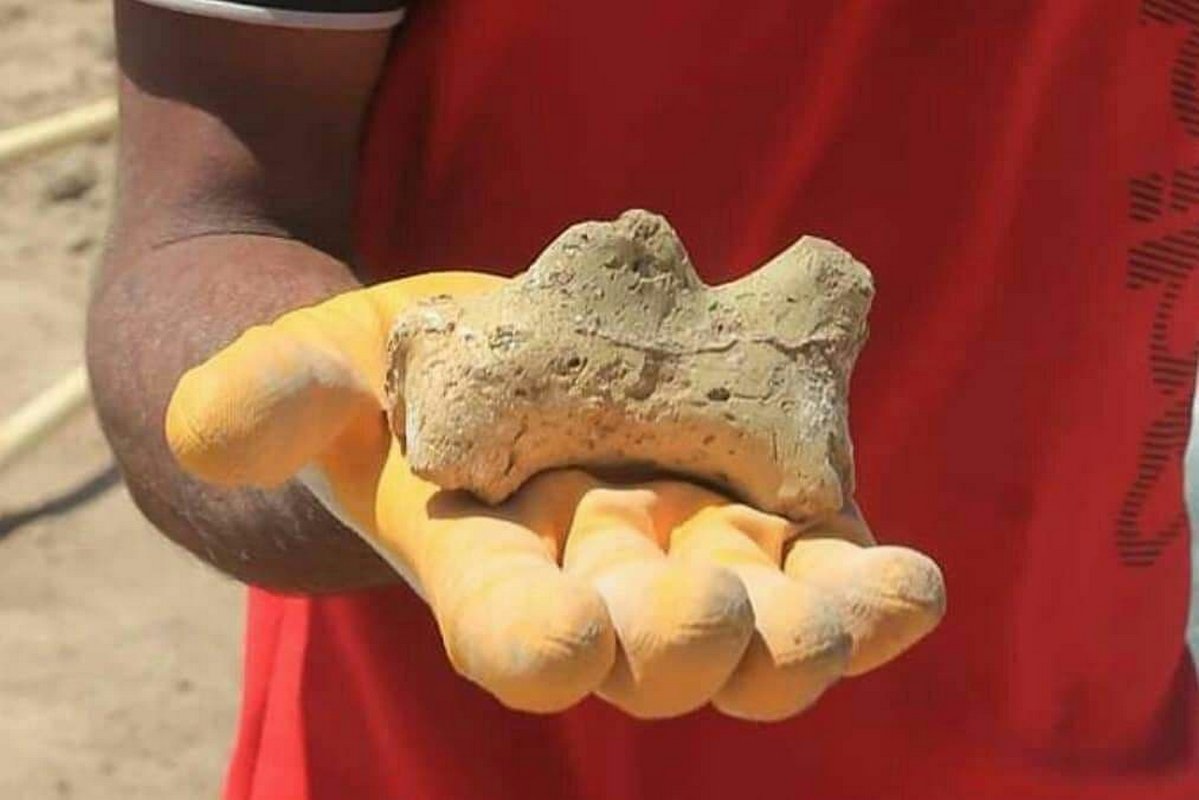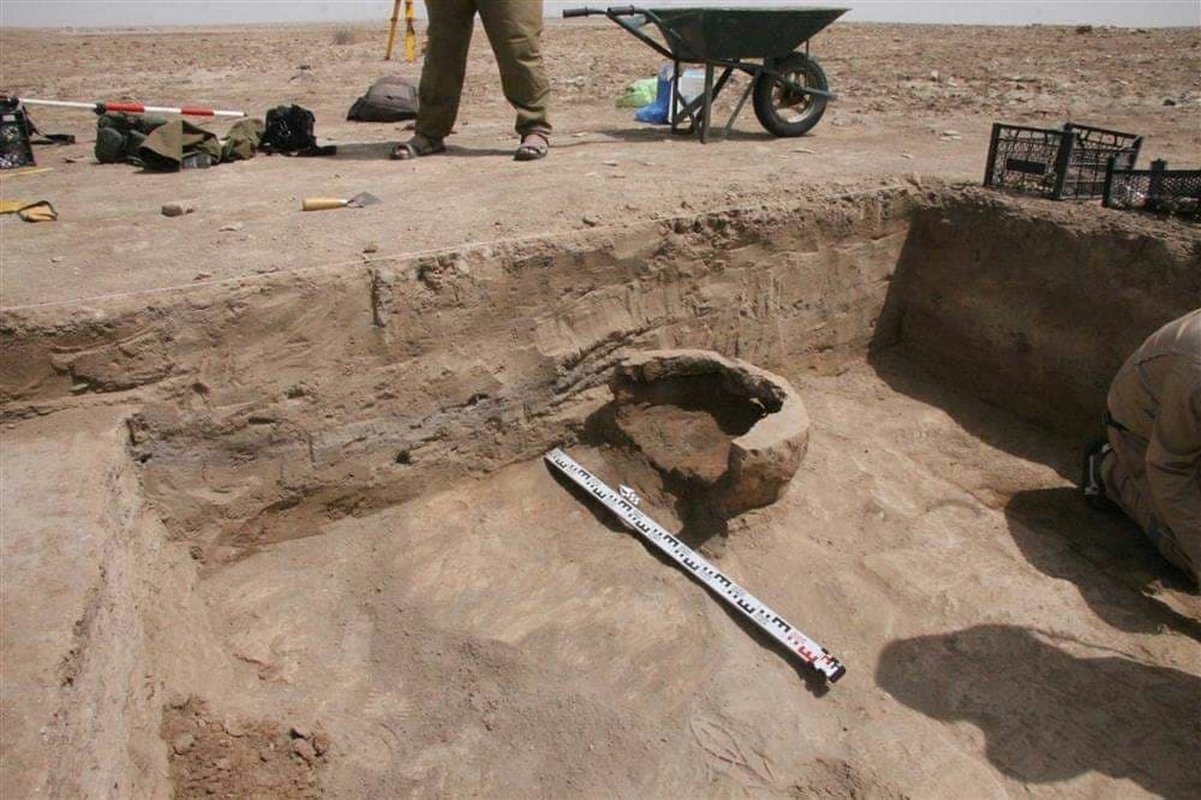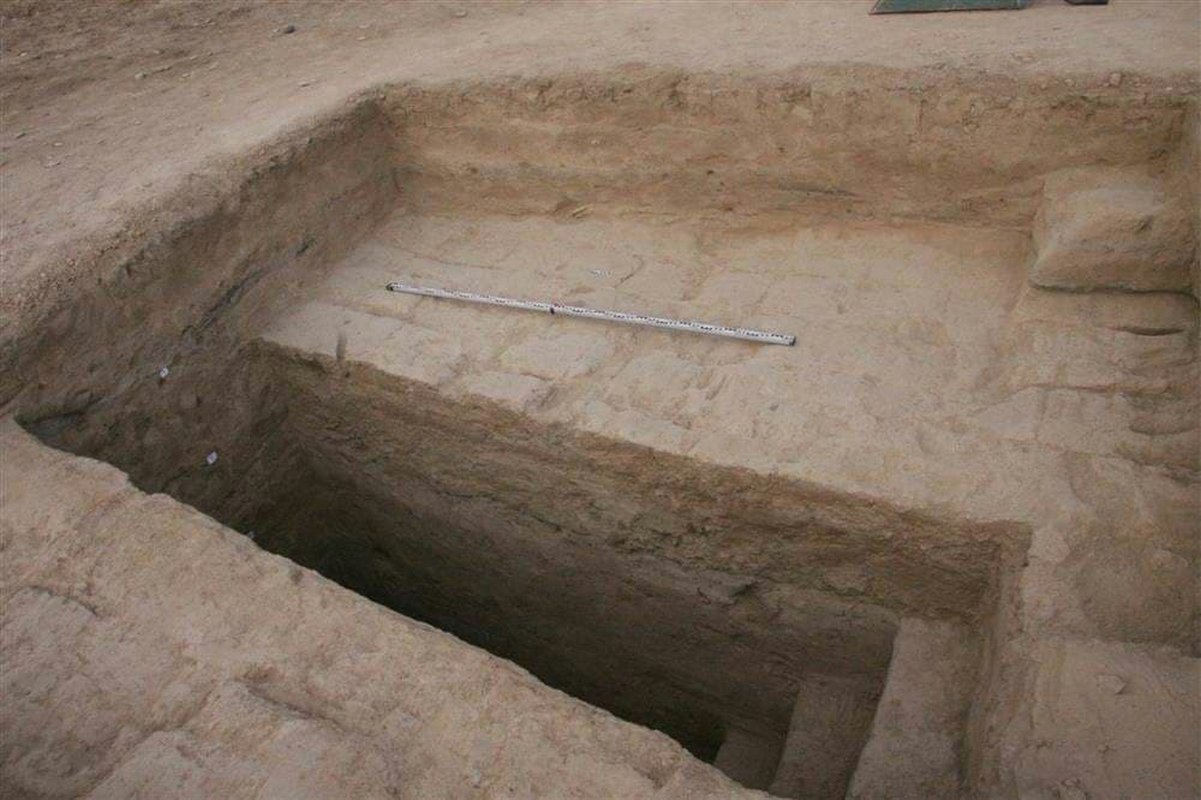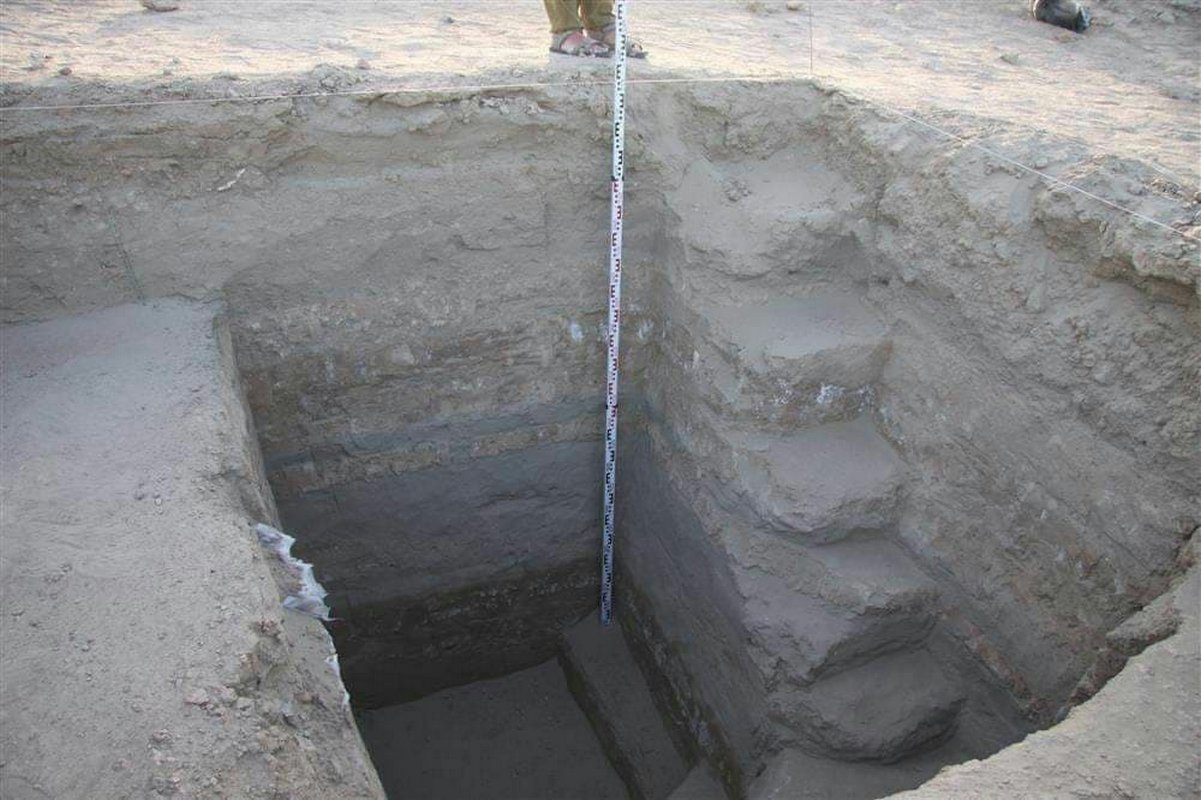A number of Russian scientists discovered an ancient and unknown settlement around Tal Duhaila in southern Iraq.
According to a report published by the Russian Sputnik Agency, the settlement dates back to the era between the middle of the second millennium to the first millennium BC, which is about 4,000 years ago.
Shakhimardan Amirov, a lead researcher in the Department of Theory and Methodology of the Institute of Archeology of the Russian Academy of Sciences, told Rossiyskaya magazine, “we were able to study the thickness and structure of the deposits of the cultural layer of the city under Duhaila hill and get new data about the time in which this ancient city existed, and based on the discoveries, these places were inhabited since the early Iron Age, not since the Old Babylonian period as was previously believed.
As a result of the research, an ancient port was discovered, where both river and sea ships stopped. Fragments of the wall of a palace temple were also found, which were about four meters wide and about two meters high.
On the top of the walls dating back to the second millennium BC, the crew also discovered an oxidized arrowhead, traces of tandoor stoves, and clay camel statues dating back to the early Iron Age.
The city was located on the banks of the ancient riverbed of the Euphrates. One of the first known cities in the world, Ur, was located 30 kilometers away. It is believed that it was in Mesopotamia that the emergence of powerful civilizations took place.
The real name of the city is unknown. It is similar in size and structure to Ur. During the last excavations, it was possible to find cultural layers with artifacts of the Early Iron Age: arrowheads, clay figurines of camels, traces of hearths. In the fall of 2021, scientists are planning a new expedition.
Earlier it was reported that scientists investigated the site of the Mamayev massacre. Historical artifacts were found there.
 Alghadeer TV Alghadeer TV
Alghadeer TV Alghadeer TV





